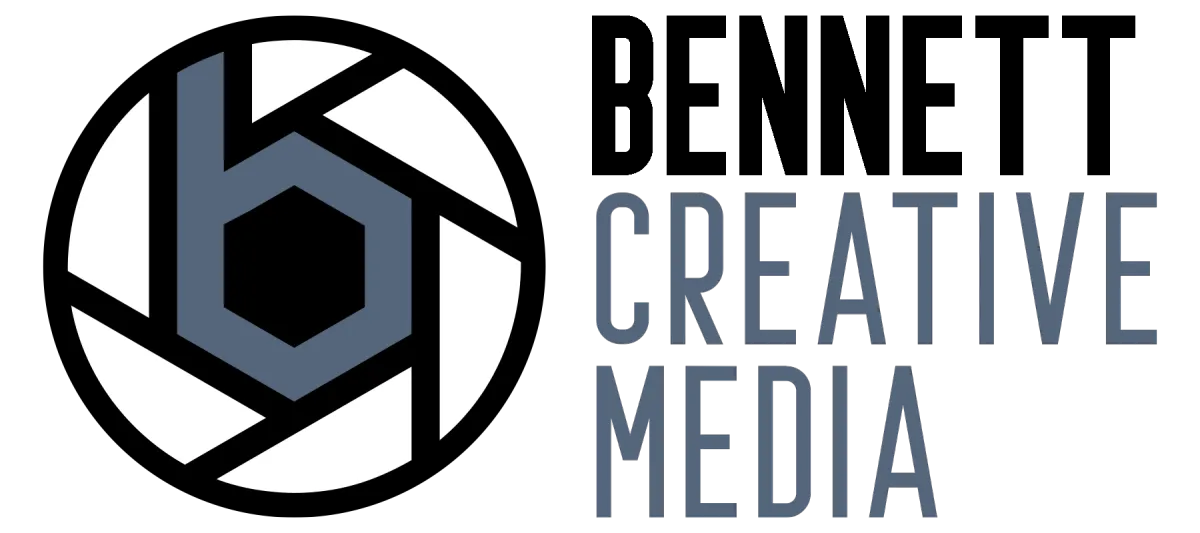Blog
We Help Corporate
Brands Create Videos
That Drive Results.
We partner with corporate marketing teams to deliver high-quality, branded video campaigns—recruitment videos, client stories, testimonials, and more. Together, we help you build stronger connections, enhance brand trust, and turn viewers into loyal customers.
Managing Limited Video Production Resources
How to Tackle Video Production When Your Internal Team is Stretched Thin

Video content has become an essential component of effective marketing strategies, capturing audience attention and building brand engagement. However, producing quality video content requires significant time, effort, and expertise, which can strain internal teams already juggling multiple responsibilities. For many brands, limited resources and overextended teams make it challenging to prioritize video production without impacting other core tasks. In this article, we’ll explore why video production can be demanding, common signs that your team may be stretched too thin, and practical solutions to manage video production effectively with limited resources.
Why Video Production Often Strains Internal Teams
Branding consistency involves maintaining a uniform look, tone, and message across all content that represents a business. In the context of video, it means ensuring that every visual element—such as colors, logo placement, and tone of voice—reflects the brand’s unique identity. Consistency strengthens brand identity, making it easier for viewers to recognize and remember the brand across different channels. Over time, this cohesive approach can significantly boost audience trust and loyalty.
SIGNS THAT YOUR TEAM MAY BE STRETCHED TOO THIN
Missed Deadlines and Bottlenecks
A clear indication that a team is struggling to manage video production is the consistent inability to meet deadlines. When team members are overburdened, it’s difficult to maintain a steady workflow, resulting in delays and bottlenecks. Missed deadlines can hinder marketing timelines and impact the effectiveness of planned campaigns.
Declining Quality in Content Output
When internal resources are stretched too thin, it can compromise the quality of the content produced. Team members may feel pressured to rush through production stages, leading to videos that lack polish, creativity, or consistency. Declining quality can negatively impact audience perception and reduce the content’s effectiveness in meeting marketing goals.
Limited Time for Creativity and Planning
Overextended teams often have minimal time to invest in the creative aspects of video production, such as brainstorming, storyboarding, and planning. Creativity is essential for producing videos that capture attention and leave a lasting impact, but when the team is overwhelmed, the focus tends to shift to simply getting the job done, often at the expense of strategic planning and creative execution.
COMMON CHALLENGES OF LIMITED RESOURCES
Lack of Specialized Skills
Video production often requires specialized skills, including video editing, animation, sound design, and post-production. When internal teams lack these specific skills, they may struggle to create polished, professional-quality videos. Attempting to manage all aspects of production without dedicated experts can lead to a significant learning curve, adding to the time and effort required for each project.
Inadequate Equipment
Quality video production relies on essential equipment such as cameras, lighting, and audio recording tools. Without access to the right equipment, video quality can suffer, impacting how the brand is perceived by viewers. Even with skilled team members, a lack of equipment often limits the potential to produce high-quality, visually appealing content.
Minimal Time for Editing and Post-Production
Post-production is where video content truly comes to life, with editing, color correction, and sound adjustments enhancing the final product. However, editing is time-intensive, and when teams are stretched thin, this stage is often rushed or deprioritized. Inadequate time for post-production can lead to unpolished videos that lack the visual appeal needed to engage audiences effectively.
SOLUTIONS FOR MANAGING LIMITED RESOURCES
Prioritize High-Impact Content
With limited resources, focusing on high-impact content is essential. Identify the types of videos that are most valuable to your audience and offer the greatest potential return on investment. For example, consider focusing on videos that support product launches, highlight customer testimonials, or provide valuable tutorials. Prioritizing high-impact content allows your team to focus their efforts on videos that maximize brand engagement and offer the best potential outcomes.
Use Simple Video Tools and Templates
There are many user-friendly video tools and templates available that can help simplify the production process. Tools like Canva Video, Adobe Premiere Rush, and Animoto offer beginner-friendly features and customizable templates, allowing teams to create high-quality videos quickly without needing advanced skills. These tools can reduce production time while still delivering visually appealing results.
Outsource Key Production Tasks
When internal resources are limited, outsourcing specific production tasks can help lighten the load. Freelance video editors, animators, or production agencies can bring the necessary expertise and deliver polished, professional videos. Outsourcing key tasks not only improves the quality of the final product but also frees up your internal team to focus on other priorities.
Repurpose Existing Content
Repurposing content is a great way to maximize resources and reduce the time spent on video creation. For example, blog posts, webinars, and interviews can be transformed into short video clips, summaries, or highlights. This approach allows you to leverage existing assets while still providing valuable video content to your audience without starting from scratch each time.
TOOLS AND RESOURCES TO SIMPLIFY VIDEO PRODUCTION
When working with limited resources, choosing the right tools can make all the difference. Here are a few user-friendly options that can help streamline the video production process:
CapCut: CapCut offers a wide range of customizable templates that make it easy to create professional-looking videos without advanced editing skills. It’s ideal for quick promotional videos, social media clips, and branded content.
Adobe Premiere Rush: A simplified version of Adobe Premiere Pro, Rush offers essential editing features in an intuitive interface, allowing teams to produce polished videos on the go.
Animoto: This platform provides easy-to-use templates and a drag-and-drop editor, making it perfect for creating product demos, testimonials, and other short videos. Animoto is particularly useful for brands looking to create engaging videos quickly and affordably.
LONG-TERM BENEFITS OF A STREAMLINED APPROACH
By adopting a streamlined approach to video production, brands can enjoy several long-term benefits:
Higher-Quality, Consistent Content: Simplified workflows and prioritized tasks allow teams to consistently deliver quality content without compromising other marketing responsibilities.
Reduced Team Stress: A well-managed production process reduces the pressure on team members, helping prevent burnout and allowing them to focus on creativity and quality.
Increased Brand Reliability: By consistently releasing well-crafted videos, brands can build a reliable presence, strengthening trust with audiences over time.
When internal teams are stretched too thin, managing video production can feel overwhelming. However, by focusing on high-impact content, leveraging simple tools, outsourcing key tasks, and repurposing existing assets, brands can effectively produce quality video content without overextending their teams. Implementing a streamlined video production approach not only supports team efficiency but also ensures that brands can continue delivering impactful, engaging videos to their audience, even with limited resources.
FEATURED ARTICLES
Low Quality Production – Dealing with Unprofessional or Outdated Video Content
Lack of Strategy – Why Having No Clear Direction for Video Campaigns Hurts Your Brand
Inconsistent Branding in Video Strategy – How to Build a Cohesive Brand Across All Video Content
GET UPDATES
We deliver custom-branded video content that’s uniquely yours.
From recruitment videos to testimonials, every project we produce is tailored to your brand’s voice and goals.
We collaborate with your team to create high-quality videos that connect with your audience, strengthen your brand, and drive measurable results.
No cookie-cutter solutions—just content that speaks directly to who you are and what you stand for.
Easton Bennett
Owner, The Creative Treatment
